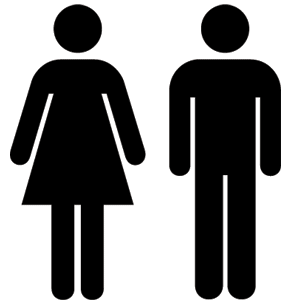Since the earliest cave paintings, we, as humanity, have tried to picture ourselves.
xkcd, by Randall Munroe
The easiest way to do that is through what is now known as the stick figure: a very simplified version of the human body which is immediately recognised as such by all of us.
Stick figures are used to explain, to amuse (one of my favourite comics, xkcd, needs nothing more), and of course to signal - which is what we’ll be focusing on this week.
It’s very fitting that I’m in Japan this week, because the first international use of stick figures for signage originates here. In 1964, designers Masaru Katzumie and Yoshiro Yamashita created the first international pictograms for the 1964 Tokyo Symmer Olympics, using stick figures.
“Since Japan had not adopted the principles of the International Traffic Signs, introduced at the United Nations Geneva conference in 1949 and accepted by most European countries, the Olympics were regarded by graphic designers as an opportunity to establish a more unified and internationally legible symbolic language across the country. It was along these lines, searching for universally understood visual languages, that pictograms (ekotoba, in Japanese, a word used prior to the design of pictograms) were for the first time designed for the Olympic Games” - Jilly Traganou ,in a paper on the history of Olympic design
For the 1972 Olympics in Munich, Otto Aichler took this to the next level, and gave us many pictograms still in use today. Like this one:
Otl Aicher - Bathroom Pictogram
One of the things I love over here in Japan is the drama they add to their pictograms. You can see stick figures falling down, getting seriously injured, and when they dash, they really make a run for it.
Today, look for signs with stick figures.
And do share your simplified humans using the hashtag #kramerseye on twitter or Instagram.




